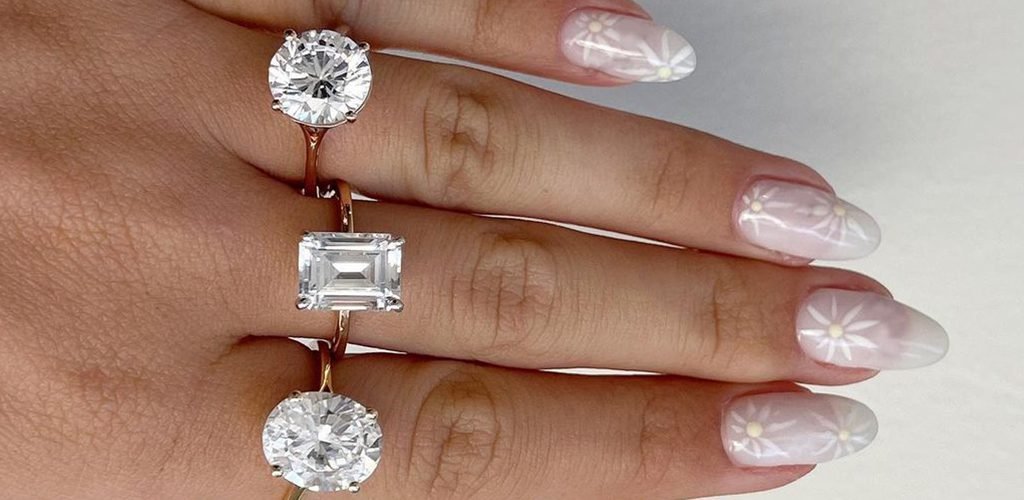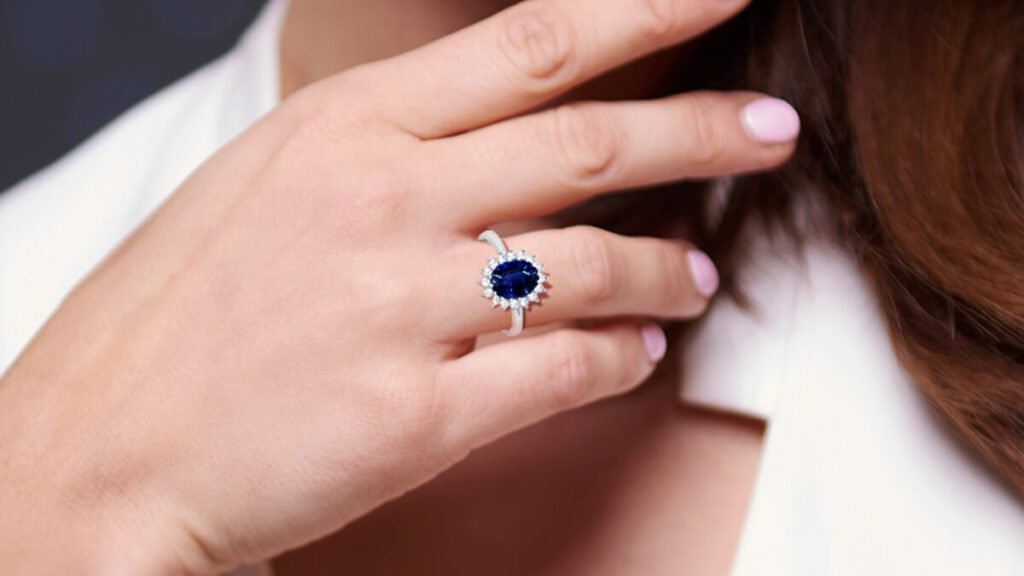
Sona Guide to Diamonds
Diamonds are the most popular gemstone in the world, and for good reason. They are incredibly beautiful, rare, and durable. Diamonds have been prized for centuries for their beauty and rarity, and they continue to be a popular choice for engagement rings, jewelry, and other decorative items.

Sona Guide to Diamonds
Introduction
In this blog post, we will explore the history, properties, uses, and value of diamonds. We will also discuss how to choose the perfect diamond for your needs.
Sona Guide to Diamonds
History of Diamonds
Diamonds have been known to humans for centuries. The earliest known diamonds were found in India, and they were used for jewelry as early as 3000 BC. Diamonds were later introduced to Europe by the Arabs, and they quickly became popular among royalty and the wealthy.
The first diamond mines in the Americas were discovered in Brazil in the 1700s. In the 1800s, diamonds were also discovered in South Africa, which is now the world’s leading producer of diamonds.
Properties of Diamonds
Diamonds are the hardest natural substance known to man. They are made up of carbon atoms that are arranged in a very tightly packed structure. This structure gives diamonds their strength and durability.
Diamonds are also very transparent. They transmit light very well, which is why they are so beautiful. Diamonds also have a high refractive index, which means that they bend light as it passes through them. This is what gives diamonds their characteristic sparkle.


Sona Guide to Diamonds
Uses of Diamonds
Diamonds are most commonly used in jewelry. They are also used in industrial applications, such as cutting and drilling. Diamonds are also used in scientific applications, such as lasers and sensors.
Sona Guide to Diamonds
Factors Affecting the Value of Diamonds
The value of a diamond is determined by a number of factors, including its size, cut, clarity, color, and carat weight.
- Size: The size of a diamond is measured in carats. One carat is equal to 200 milligrams. Larger diamonds are generally more valuable than smaller diamonds.
- Cut: The cut of a diamond refers to the way that it has been shaped. A well-cut diamond will have a symmetrical shape and will reflect light evenly. Well-cut diamonds are generally more valuable than poorly cut diamonds.
- Clarity: The clarity of a diamond refers to the presence of inclusions. Inclusions are small imperfections that can be found in diamonds. Diamonds with few or no inclusions are generally more valuable than diamonds with many inclusions.
- Color: The color of a diamond is graded on a scale from D to Z. D-color diamonds are colorless, and Z-color diamonds have a yellow or brown tint. Diamonds with a higher color grade are generally more valuable than diamonds with a lower color grade.
- Carat weight: The carat weight of a diamond is a measure of its mass. Larger diamonds are generally more valuable than smaller diamonds. A metric “carat” is defined as 200 milligrams. Each carat is subdivided into 100 ‘points.’ This allows very precise measurements to the hundredth decimal place. A jeweler may describe the weight of a diamond below one carat by its ‘points’ alone. For instance, the jeweler may refer to a diamond that weighs 0.25 carats as a ‘twenty-five pointer.’ Diamond weights greater than one carat are expressed in carats and decimals. A 1.08 carat stone would be described as ‘one point oh eight carats.’ All else being equal, diamond price increases with diamond carat weight because larger diamonds are rarer and more desirable. However, two diamonds of equal carat weight can have very different values (and prices) depending on three other factors of the diamond 4Cs: Color, Clarity, and Cut.
While now you know what carat means, it’s also important to remember that a diamond’s value is determined using all of the 4Cs, and not just carat weight.






Sona Guide to Diamonds
How to Choose the Perfect Diamond
- First, identify the diamond shape desired by the recipient. If you do not know and cannot find out, consider round or princess cut.
- Set a carat weight minimum based on the recipient’s preferences. If they have their heart set on a one carat diamond, even the most beautiful half carat stone will be a disappointment.
- Start with the highest quality diamond of the shape and carat weight minimum you identified in steps 1 and 2, and begin making concessions in the following order until you arrive at a diamond that fits your budget:
- First, lower the Clarity. See clarity buying tips (below) for more guidance. Go as low as VS2 before making concessions in other areas.
- Next, lower the Color. See color buying tips (below) for more guidance. Go as low as H before making concessions in other areas.
- Finally, lower the Cut. See cut buying tips (below) for more guidance. Go as low as Very Good in round diamonds, and Good in fancy shapes before making concessions in other areas.
- If the diamonds that match your revised criteria are close to your budget, consider shaving off some carat weight in order to close the gap. A carat weight difference of 10% or less will be very difficult to detect visually.
- If after following the steps above, you are still outside your budget, repeat the process with new thresholds:
- First, further reduce Clarity. Go as low as SI1.
- Next, reduce Color. Go as low as J. If you know the diamond will be set in yellow gold, you could safely drop to K.
- Finally, reduce the Cut. Go as low as Good in round diamonds, and Fair in fancy shapes.
- If the diamond you seek is under one carat, you could consider a drop to SI2 clarity.
- If the diamond is both a brilliant cut and under 1.50 carats, an L-M color may be perfectly acceptable when set in yellow gold.At this point, if you are still outside your budget, your next step will depend on your individual preferences and needs.
- If size is the primary consideration, you could consider a Fair cut round or fancy shape.
- If you are still well outside your budget, you may need to consider increasing your budget or reducing your minimum carat weight target.
Sona Guide to Diamonds
Conclusion
Diamonds are a beautiful and valuable gemstone. They have been prized for centuries for their beauty and rarity. When choosing a diamond, there are a few factors that you will need to consider.
- Your budget: How much money are you willing to spend on a diamond? This will be a major factor in determining the size, cut, clarity, color, and carat weight of the diamond that you can afford.
- The size of the diamond: How big of a diamond do you want? Larger diamonds are generally more expensive, but they can also be more impressive.
- The cut of the diamond: The cut of a diamond is very important. A well-cut diamond will sparkle more than a poorly cut diamond.
- The clarity of the diamond: The clarity of a diamond refers to the presence of inclusions. Inclusions are small imperfections that can be found in diamonds. Diamonds with few or no inclusions are generally more valuable than diamonds with many inclusions.
- The color of the diamond: The color of a diamond is also important. Diamonds are graded on a scale from D to Z, with D being colorless and Z being the most yellow. Diamonds with a higher color grade are generally more valuable than diamonds with a lower color grade.
- The carat weight of the diamond: The carat weight of a diamond is a measure of its mass. One carat is equal to 200 milligrams. Larger diamonds are generally more valuable than smaller diamonds.


